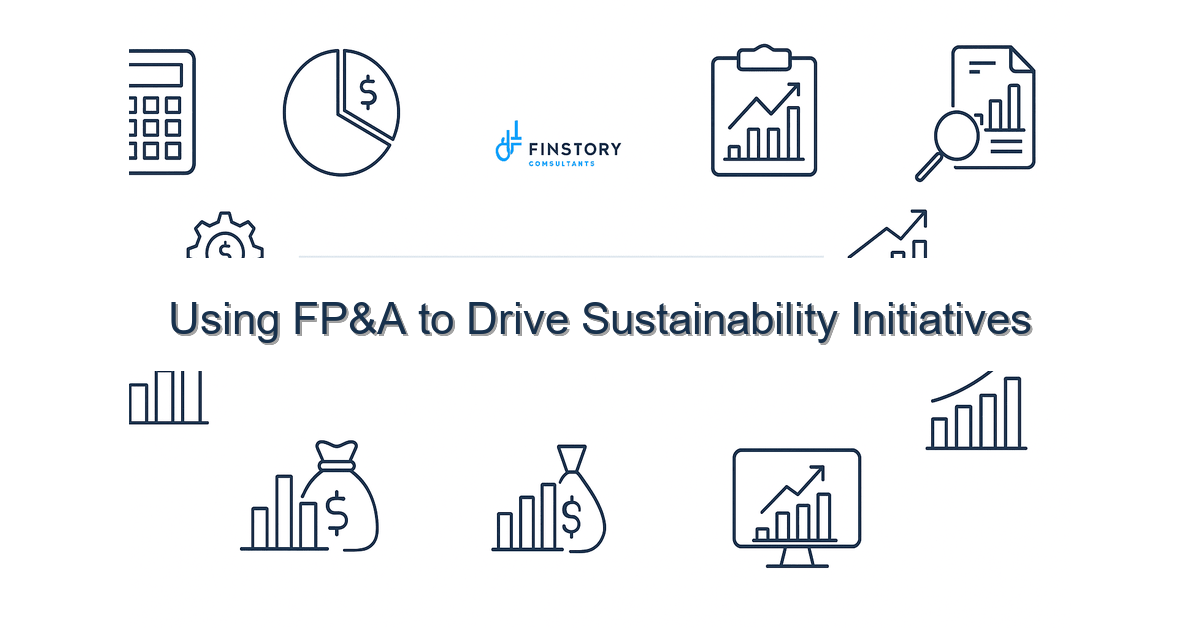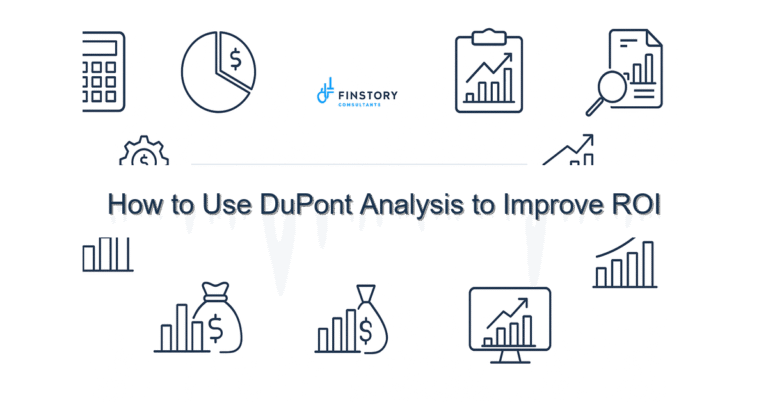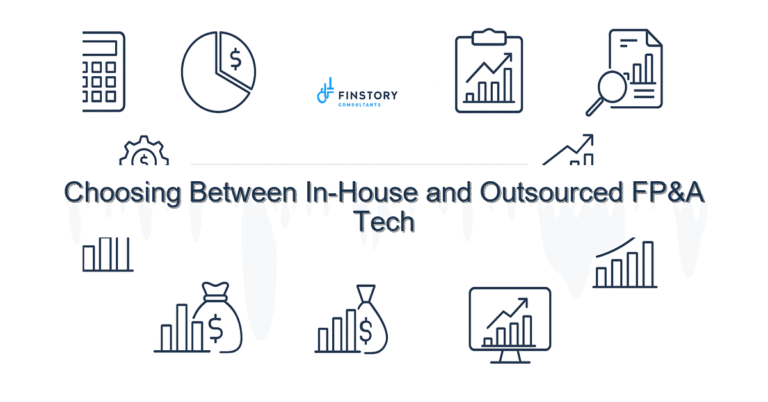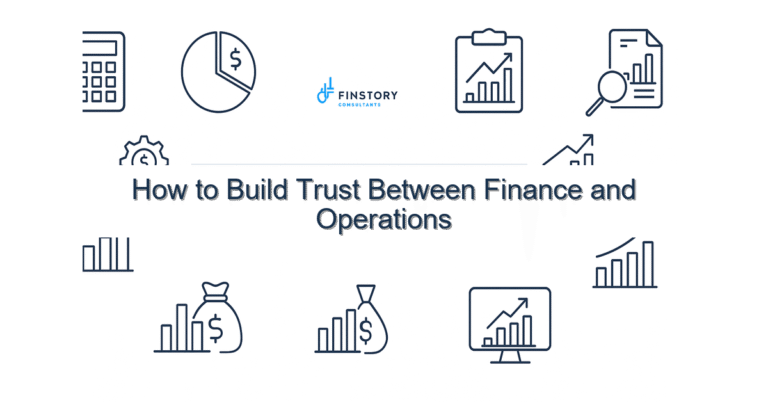Using FP&A to Drive Sustainability Initiatives
You care about patient outcomes and the bottom line—and the planet sits between those priorities. Sustainability asks finance teams for numbers they don’t yet have and asks operations for changes they can’t easily afford. That friction is exhausting.
Summary: Get a clear FP&A for sustainability approach that turns climate and waste-reduction goals into measurable projects, predictable cash flows, and dashboards leaders actually use—so your hospital or health system reduces cost and carbon without distracting clinicians.
What’s the real problem?
Healthcare leaders want sustainability to be real—not a PR line. But sustainability initiatives often stall because they lack rigorous financial backing and measurable outcomes. FP&A teams are asked to support dozens of one-off projects with no common framework, inconsistent data, and long payback horizons.
- Symptoms: fragmented project requests and no single ROI model.
- Symptoms: energy or waste initiatives stuck in exploratory mode because capital is scarce.
- Symptoms: reports that impress the board but don’t help site managers make decisions.
- Symptoms: sustainability KPIs that are inconsistent across facilities.
What leaders get wrong
Leaders mean well, but common missteps make sustainability harder to scale:
- They treat sustainability as a PR or compliance effort instead of an operations and finance play—so projects lack repeatable business cases.
- They assume historical financial models work for long-term, multi-factor initiatives (they don’t). Energy savings, supply-chain shifts, and clinical-waste changes need scenario models and sensitivity testing.
- They ask for a green KPI but don’t standardize definitions or data feeds, leaving FP&A to reconcile conflicting numbers.
A better approach
FP&A can lead sustainability by translating goals into cashflows, metrics, and decisions. Use a simple 4-step framework that aligns clinical operations, facilities, and finance.
- Define standard KPIs and scope. Agree on what “emissions” or “waste” means across facilities—GHG scope 1/2 definitions, energy use per adjusted patient day, clinical-waste tons per OR case.
- Build a modular business-case template. Create a repeatable ROI template for energy retrofits, anesthesia gas recapture, or single-use-to-reusable transitions. Include capital cost, operating savings, behavioral risk, and measure timeline.
- Model scenarios and payback profiles. Use sensitivity analysis for price volatility (energy, waste disposal), staff time, and regulatory changes. Produce 3-5 year cashflow and carbon reduction curves.
- Operationalize reporting and decision cadence. Put dashboards in front of site managers with clear escalation rules: when a project underperforms, who intervenes and what corrective steps are available.
Real-world result: a mid-sized health system used this method to prioritize 12 energy-efficiency projects. They invested $2.1M, achieved a 12% energy reduction across three hospitals in 18 months, and shortened average project payback from 8 years to 4 years by standardizing assumptions.
Quick implementation checklist
- Define 3 priority sustainability KPIs this quarter (e.g., kWh/adjusted patient day, waste tons/OR case, Scope 1+2 emissions).
- Adopt one common emissions/scopes definition across sites.
- Create a one-page ROI template for sustainability projects and test it on two pilot projects.
- Pull 12 months of utility, waste, and procurement spend into a single dataset for baseline analysis.
- Run a scenario: what happens if energy prices rise 20% over two years?
- Build a simple Power BI dashboard showing KPI trends and top 5 cost-saving opportunities.
- Schedule monthly 30-minute decision reviews with operations and facilities directors.
- Identify a funding source: reserve, green capex pool, or vendor financing.
- Define success thresholds and stop-loss triggers for each pilot.
- Document lessons and standardize the business-case template.
What success looks like
Measure both financial and operational outcomes so sustainability becomes a repeatable program, not a series of experiments.
- Accuracy: Baseline emissions and cost models within ±10% of actuals after 12 months.
- Cycle time: Reduce project evaluation time from months to 2–4 weeks for standard projects.
- ROI: Average project internal rate of return (IRR) improves to >12% for prioritized initiatives.
- Cost savings: Achieve energy or waste disposal savings of 8–15% in year one for implemented projects.
- Adoption: 80% of site managers using the sustainability dashboard monthly.
- Risk reduction: Lowered supply-chain disruption costs through diversified, sustainable sourcing; quantify in procurement variance reductions.
Risks & how to manage them
Be pragmatic. The top risks are financial, operational, and data-related.
- Risk: Underestimated costs or delayed savings. Mitigation: Use conservative assumptions, include contingency, and stage funding with performance milestones.
- Risk: Data gaps and inconsistent definitions. Mitigation: Standardize data dictionary, automate feeds from utilities and procurement, and validate with site audits.
- Risk: Change fatigue in operations. Mitigation: Prioritize quick wins with minimal clinician impact and communicate tangible benefits (time saved, cleaner workspaces, lower utility bills).
Tools & data
Make automation and clear visuals your friends. Recommended tools and practices:
- Finance automation (ETL and model refresh) to pull in utility, facilities, and procurement data automatically.
- Power BI or equivalent for leadership reporting and site-level dashboards with drill-through capability.
- Scenario modeling in your FP&A system to test energy price swings, capex financing, and operating impacts.
- Integration with procurement and vendor portals to track sustainable-sourcing KPIs and contract terms.
- Leadership reporting templates that show cashflow, carbon impact, and operational KPIs on one page for the board.
FAQs
Q: How do we prioritize sustainability projects with limited capital?
A: Use the modular business-case template to rank projects by payback, carbon reduction per dollar, and operational feasibility. Consider vendor financing or an internal green capex pool for higher-impact, longer-payback initiatives.
Q: Do we need a full-time sustainability analyst in FP&A?
A: Not initially. Start with a part-time lead in FP&A who coordinates data, templates, and dashboards. As projects scale, move to a dedicated role or center of excellence.
Q: How long before we see measurable benefits?
A: Quick wins (lighting, controls) can show month-over-month utility reductions. Bigger changes (HVAC, procurement shifts) may take 12–36 months but should be measurable through the FP&A model and dashboards.
Next steps
If you want FP&A to drive sustainability—rather than merely support it—start by standardizing KPIs, building a repeatable ROI template, and automating the data feeds for decision-grade reporting. Embed scenario planning into every major initiative so you can recommend projects that improve care, lower costs, and reduce risk.
Contact Finstory to build your FP&A for sustainability playbook, or read our take on operational efficiency in healthcare to see where savings usually hide. For deeper modeling, see our guide on forecasting healthcare costs.
Work with Finstory. If you want this done right—tailored to your operations—we’ll map the process, stand up the dashboards, and train your team. Let’s talk about your goals.
Call to action: Ready to use FP&A to drive sustainability in healthcare? Reach out to Finstory and we’ll help you prioritize, finance, and track the projects that deliver both cost savings and carbon reductions.
📞 Ready to take the next step?
Book a 20-min call with our experts and see how we can help your team move faster.
Prefer email or phone? Write to info@finstory.net
or call +91 44-45811170.






